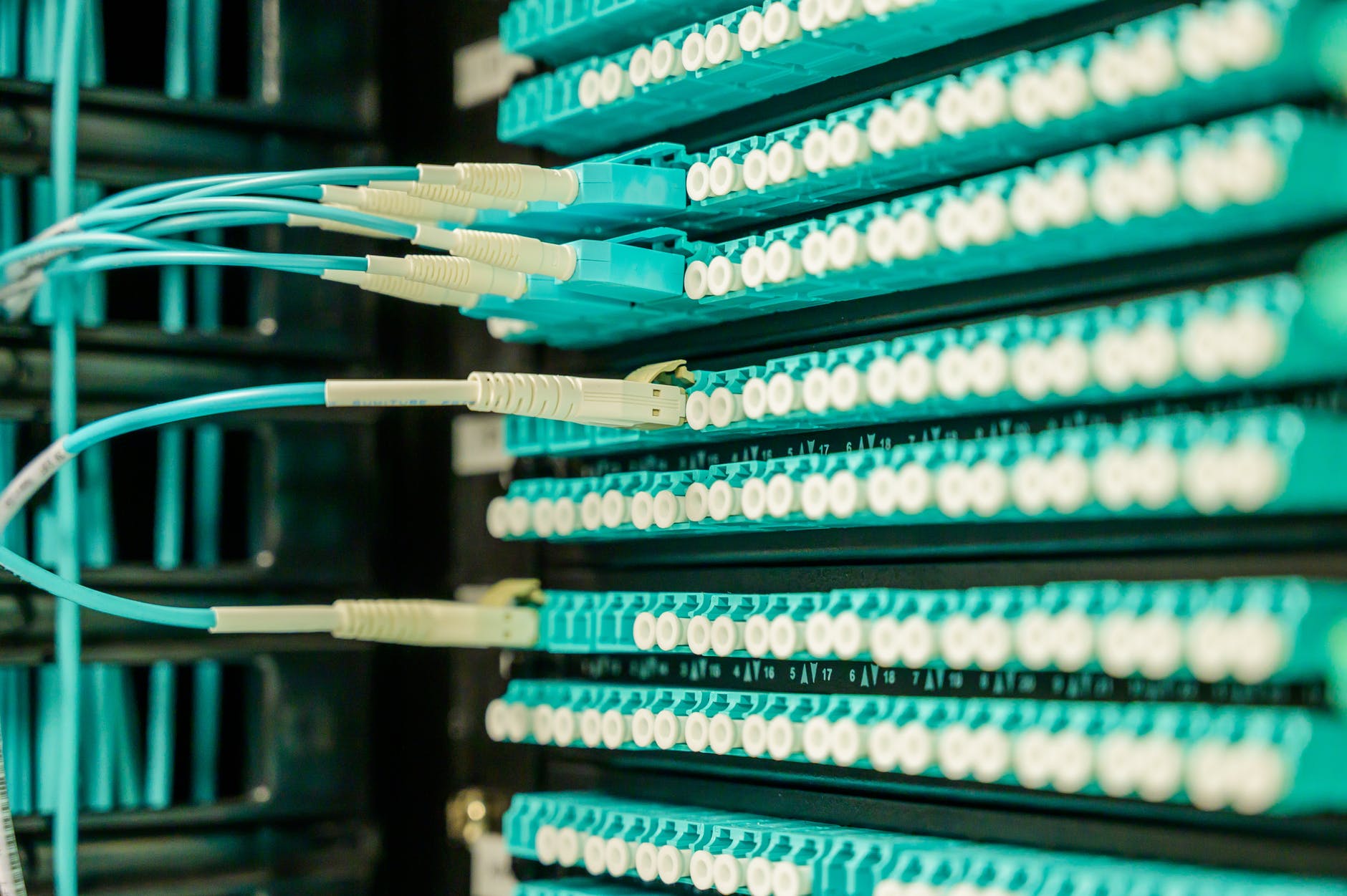Most modern businesses still operate using on-premises hardware, but most also operate at least one cloud-based IT service or workload. SaaS programs and software are typically cloud-based, meaning that even if your organization still has on-premises servers, print-servers, and hardware installations, you’re already familiar with cloud.
In addition, while cloud networking is relatively new, it’s quickly becoming the standard for new installs. Cloud environments offer scalability, reliability, and high availability paired with easy maintenance and reduction of risk for organizations, which on-premise networks struggle to compete with.
If you’re considering switching to cloud networking for those or other reasons, there’s still a lot you should know before doing so.
This article covers high-level considerations for cloud networking. You will have to assess your specific network or work with a professional team to get a more granular look at specific considerations for your organization.
What’s the Big Deal with Cloud?
Cloud networking, or IaaS is projected to grow at a rate of 17.5% per year, making it the fastest-growing cloud service. Why are so many organizations making the switch? Cloud offers numerous advantages for business including but not limited to:
- Scalability – Cloud networks effortlessly scale up and down using on-premise or external servers, allowing organizations to simply increase bandwidth and device support as traffic increases. This extends to location support, storage needs, etc.
- Cost-Effectiveness – Cloud networks are handled externally by organizations specializing in server maintenance and network software. They can maintain networks at a significantly lower cost than you can do in-house.
- Reduced IT Load – Moving some of most networking load to the cloud greatly reduces demand on IT, allowing teams to be more effective at remaining tasks.
- Disaster Recovery – Cloud solutions include disaster recovery and easier disaster recovery and backup systems than data centers.
- Automatic Updates – Cloud software is always up-to-date and therefore more secure than servers that haven’t been updated.
Cons of Cloud Networking
While cloud networking has a lot to offer, it isn’t for everyone. Most cons of cloud networking apply to specific industry or organizational problems, so it’s important to review based on your specific needs.
- Compliance or Data Sensitivity – If your organization stores, maintains, or retrieves sensitive data, your data security policy, compliance, or regulations could prevent some cloud options.
- Compatibility Issues – Many organizations rely on proprietary legacy software which might not be compatible with cloud networking. Check any software you rely on before making the switch. This also applies to application design and architecture.
- Transparency – You may lose transparency and hardware control, especially if you heavily rely on networks.
- Resource Sharing – Cheaper cloud networks might have some data-leak, meaning you will notice neighbors sharing resources
Types of Cloud Networking
There are several types of cloud networking, each of which has its own pros and cons. You’ll likely want to consult with your network engineers or an expert team before choosing your solution.
The most common are:
- Infrastructure as a Service
- Platform as a Service
- Software as a Service
These solutions each then split into private, public, and hybrid cloud solutions:
- Public – You share public servers with others using a provider or a solution like Amazon Web Services. This is best for low-cost usage but offers the least in terms of security and data control.
- Private – You host a private cloud network on your own servers or servers belonging to your IT services provider. This option is more expensive but offers more control, more data privacy, and more security.
- Hybrid – You utilize both public and private cloud
Each of these options has advantages, but most organizations lean towards hybrid solutions, with as many as 58% reporting they intend to use hybrid.
Considering Costs
Cloud networking can be comparatively cheaper than managing your own networks. However, costs can be considerable depending on needs, features, and solutions. For example, you might need very high bandwidth during some periods and less during others, which might increase costs. Look at your total security, management, server, and migration costs when making a calculation.
It’s always important to compare the total cost of ownership of your current network or any updates you might apply to that network to total cost of ownership for a cloud solution before implementing. However, total cost should be updated to reflect savings in terms of reduced IT support, reduced hardware investment, etc.
Should You Migrate to a Cloud Network?
Cloud networks make sense for a lot of organizations but they aren’t for everyone. While cloud networks will eventually become the standard, it’s important to consider proof of concept, migration costs, migration difficulty, and total risk/reward for the switch.
Some important considerations include comparing performance to your current network, complexity of the migration (I.e. do you have to migrate your entire application or is this a simple device migration), network challenges, reliability of your solution vs current network, support the provider can offer, provider reputation, etc.
In almost every instance, there will be more complexities than first foreseen. Migrating to cloud networks won’t happen overnight. However, you can choose a quality provider who will handle planning, setup, and optimization for you.
Once you’ve migrated, most organizations will save money, will likely realize better performance, and will see more reliability and scalability in network performance.






